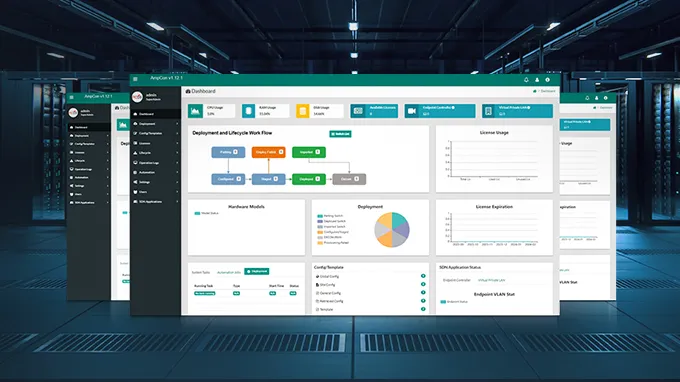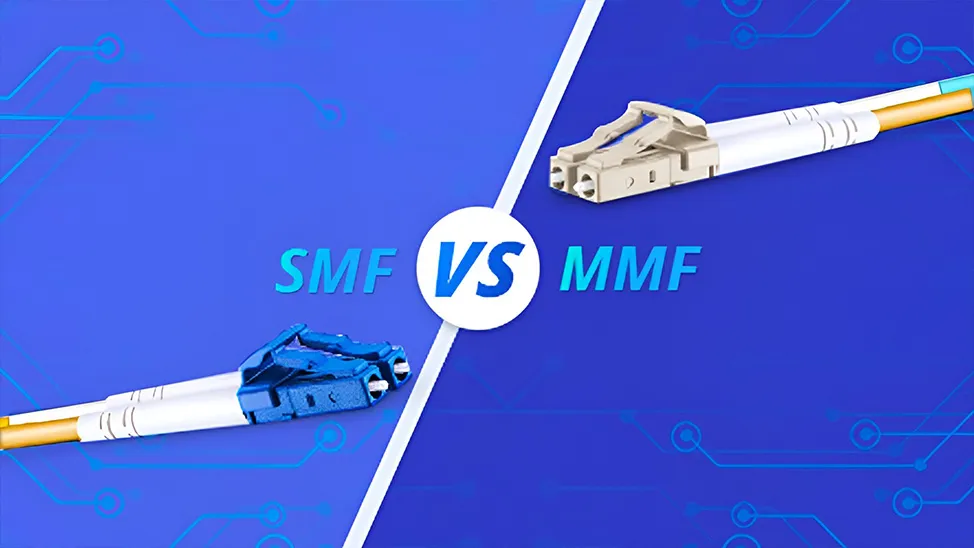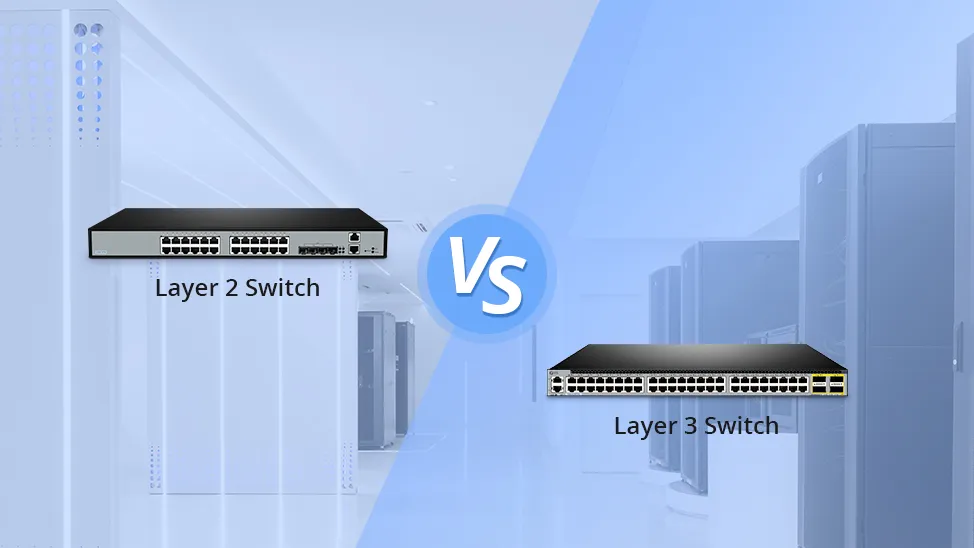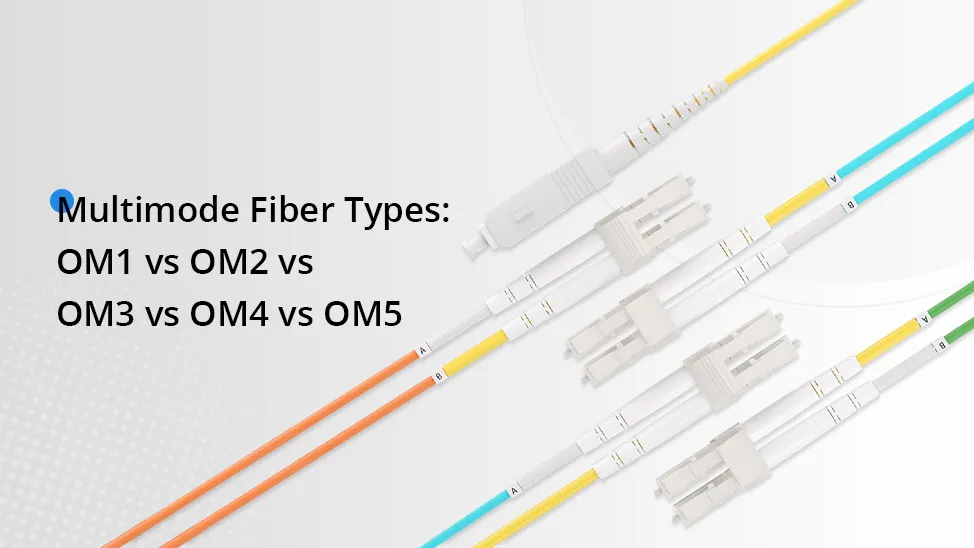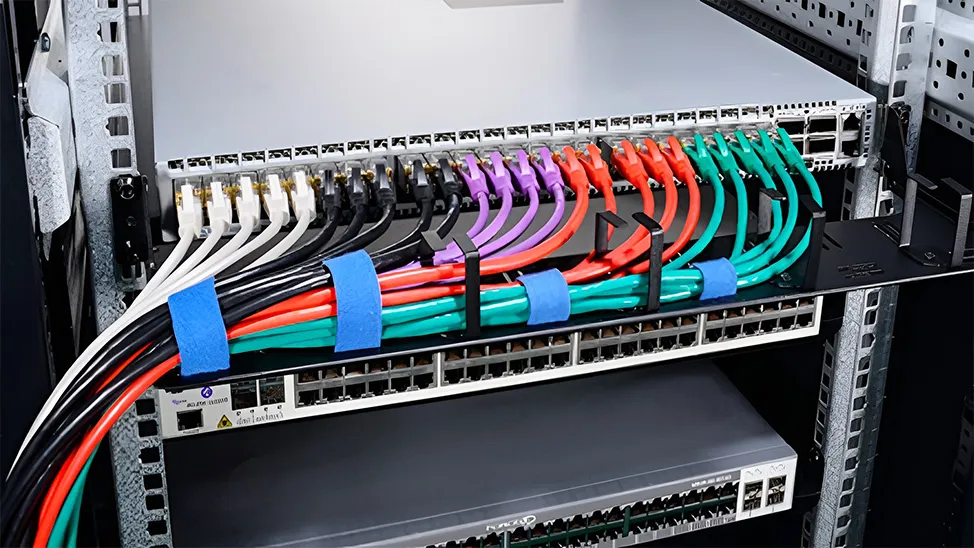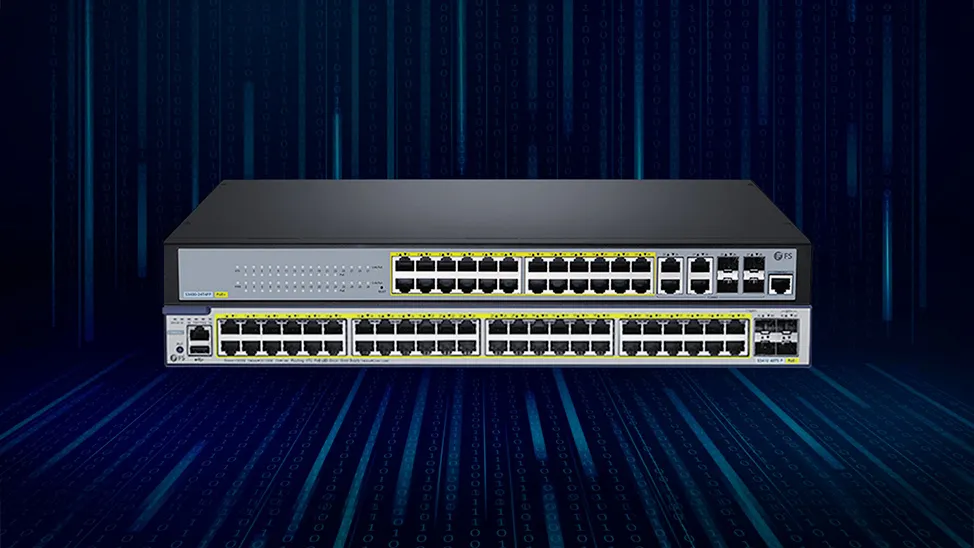S3410-48TS vs S5810-48TS: Meet Different Enterprise Needs
When it comes to networking, businesses face a critical decision: which switch model to invest in. Choosing the right switch for your network needs ensures maximum efficiency and productivity. Two highly regarded gigabit switches currently are the FS S3410-48TS and S5810-48TS. In this blog, we'll delve into a detailed comparison of the FS S3410-48TS and S5810-48TS switches, helping you make an informed choice for your business.

Product Specifications
To begin, let's examine the main specifications of the S3410-48TS and S5810-48TS. The table below summarizes their key features:
|
Specification
|
||
|
Price
|
$869.00
|
$1,579.00
|
|
Ports
|
48x 10/100/1000BASE-T RJ45 | 4x 1G/10G SFP+
|
48x 10/100/1000BASE-T RJ45 | 4x 1G/10G SFP+
|
|
Switch Chip
|
BCM56150
|
BCM56340
|
|
Switching Capacity
|
176 Gbps
|
176 Gbps
|
|
Forwarding Rate
|
132 Mpps
|
132 Mpps
|
|
Operating System
|
PicOS®
|
PicOS®
|
|
Management Layer
|
L2+
|
L3
|
|
MLAG
|
Yes
|
Yes
|
|
MAC Address
|
16,381
|
65,536
|
|
Packet Buffer
|
1.5MB
|
4MB
|
|
Flash Memory
|
256MB
|
512MB
|
|
SDRAM
|
512MB
|
1GB
|
|
Power Supply
|
2 (1+1 Redundancy) Hot-swappable
|
2 (1+1 Redundancy) Hot-swappable
|
|
Fan Number
|
1 Built-in
|
3 (2+1 Redundancy) Built-in
|
|
Airflow
|
Right-to-Left
|
Left-to-Right
|
|
VLAN, QoS, IGMP Snooping
|
Yes
|
Yes
|
Performance Comparison
This comparison examines the S3410-48TS and S5810-48TS switches from key perspectives, including switching capacity, chip, MAC address support, and memory capabilities. These factors will help clarify how each model meets the varying needs of enterprises.
Switching Capacity and Chip
From the above product specifications comparison, it's evident that the S3410-48TS and S5810-48TS have similar port configurations, switching capacity, and forwarding rates. Both models come with 48x 1G RJ45 ports and 4x 10G uplink ports, 176 Gbps switching capacity, and 132 Mpps forwarding rate, making them highly suitable for large-scale data transfers and ensuring seamless enterprise network performance. However, the key distinction lies in their chipsets. The S3410-48TS utilizes the BCM56150 chipset, which is tailored for small to medium-sized enterprises, striking a balance between performance and cost efficiency. In contrast, the S5810-48TS employs the higher-end BCM56340 chipset, offering more robust processing capabilities and advanced features, albeit at a higher cost.

Storage and Stability
The S3410-48TS supports 16,381 MAC addresses and is equipped with 256MB of flash memory, 512MB of SDRAM, and a 1.5MB packet buffer. In contrast, the S5810-48TS supports 65,536 MAC addresses and features 512MB of flash memory, 1GB of SDRAM, and a 4MB packet buffer. These specifications demonstrate that the S5810-48TS offers enhanced stability and performance when handling high traffic and high-density network applications, effectively reducing the risk of packet loss. Meanwhile, the S3410-48TS is well-suited for small to medium-sized enterprises, fulfilling their everyday networking needs.
Power Supply and Cooling Solutions
Both the S3410-48TS and S5810-48TS feature a redundant design with two hot-swappable power supplies, supporting a 1+1 redundancy configuration. However, they differ in their fan configurations. The S3410-48TS is equipped with a single built-in fan, sufficient for standard cooling needs. In contrast, the S5810-48TS includes three built-in fans—two main fans and one redundant fan. This design makes the S5810-48TS more suitable for enterprises that require higher network reliability.
Feature Comparison
PicOS® and AmpCon™ Management
Both switches run the PicOS® operating system, offering advantages such as enhanced network programmability, scalability, and robust security features. Both the S5810-48TS and S3410-48TS switches support SNMP, SSH, RMON, and Syslog, enabling efficient network monitoring, performance analysis, and fault detection. These features ensure that network administrators can maintain high visibility and control over network operations. Additionally, while the S5810-48TS already supports the AmpCon™ management platform, providing advanced automation, simplified configuration management, and enhanced network monitoring, the S3410-48TS is still in the process of being adapted for full AmpCon™ compatibility, which will further enhance its management capabilities in the near future.
Secure Support
The S3410-48TS and S5810-48TS switches offer robust security features to protect enterprise networks, including Portal authentication for user verification, ARP checking, and Dynamic ARP Inspection (DAI) to prevent spoofing and man-in-the-middle attacks. Additionally, both models support RADIUS and TACACS+ for centralized user management and access control, as well as SSH for encrypted remote management. BPDU protection prevents network loops, while IP source protection ensures the legitimacy of data flows.
Functional Protocol
The S3410-48TS and S5810-48TS share several important features, such as MLAG, VRRP, support for 802.1p, IP ToS, traffic filtering, SP, WRR, ERPS and various routing protocols like RIP, OSPF, and BGP. However, the S5810-48TS offers additional advantages with IPv4/IPv6 dual-stack support and unicast routing, making it more suitable for networks requiring enhanced redundancy and advanced routing capabilities.
Application Scenarios
S3410-48TS
The S3410-48TS offers exceptional value and versatility, making it especially suitable as an access layer switch for branch offices, small and medium-sized enterprises (SMEs) and mid to large-scale campus networks. It is ideal for environments where basic Layer 2 and limited Layer 3 routing functionalities suffice, effectively addressing common networking needs in such settings.
For instance, in a typical office setup, the S3410-48TS can be deployed as an access switch, connecting desktop computers, IP phones, and wireless access points to the main network, and linking to aggregation or core switches via uplinks.

S5810-48TS
The S5810-48TS switch is ideal for use as an aggregation switch in large campus networks or as a core switch for small to medium-sized enterprises. With full Layer 3 capabilities and support for advanced routing protocols, it is the preferred solution for businesses that require high scalability and advanced routing features.
In a large campus environment, the S5810-48TS is deployed as an distribution switch, connecting multiple access switches located in different buildings. These access switches handle end devices, while the S5810-48TS aggregates traffic and uses its 10G uplinks to connect to the core network. This setup ensures efficient traffic management and provides the scalability needed to accommodate future network growth and additional services such as IP surveillance or campus-wide Wi-Fi.

Conclusion
The S3410-48TS and S5810-48TS switches cater to different enterprise needs. By understanding their specifications and application scenarios, enterprises can choose the right switch to optimize their network infrastructure. For more information about the FS S3410-48TS, S5810-48TS switches and related solutions, please visit FS.COM or feel free to contact us.
Related Articles:
FS PicOS® S5810 Series Switch: A Reliable Choice for Enterprise Networks
You might be interested in
Email Address

-
PoE vs PoE+ vs PoE++ Switch: How to Choose?
May 30, 2024








